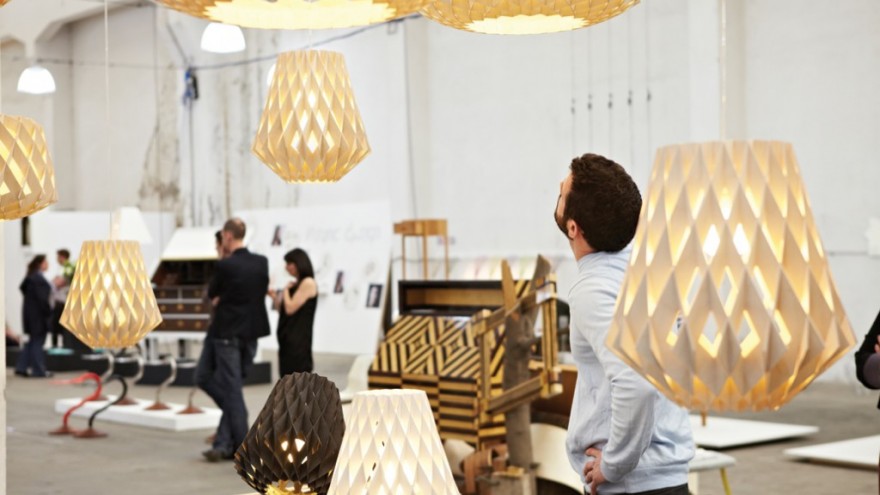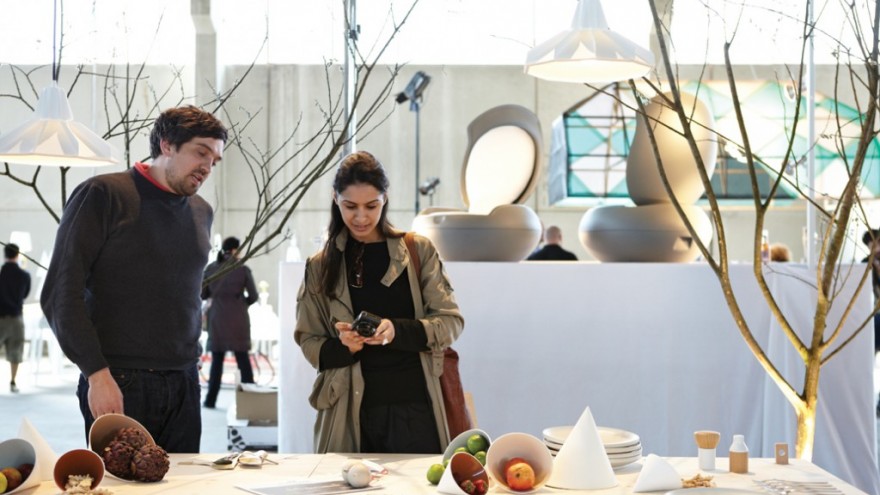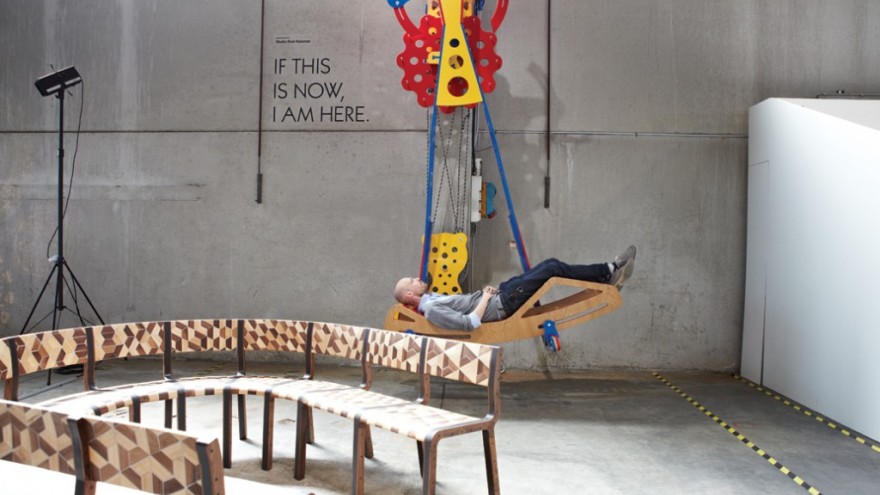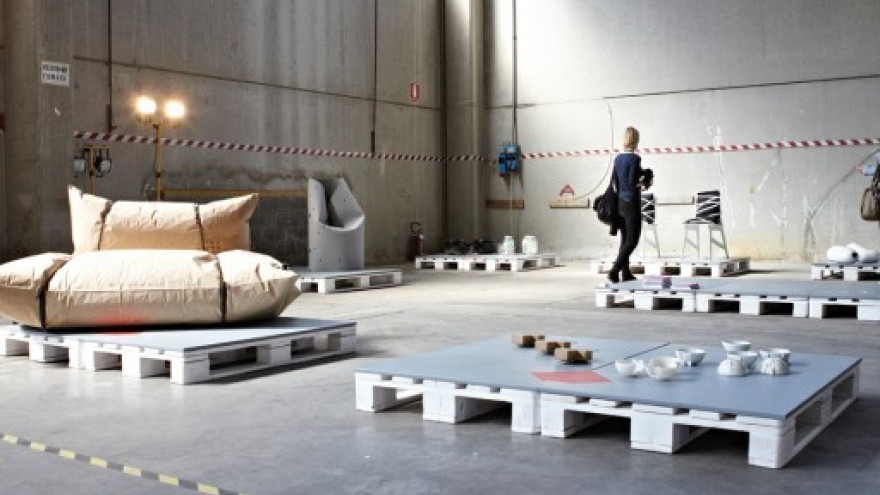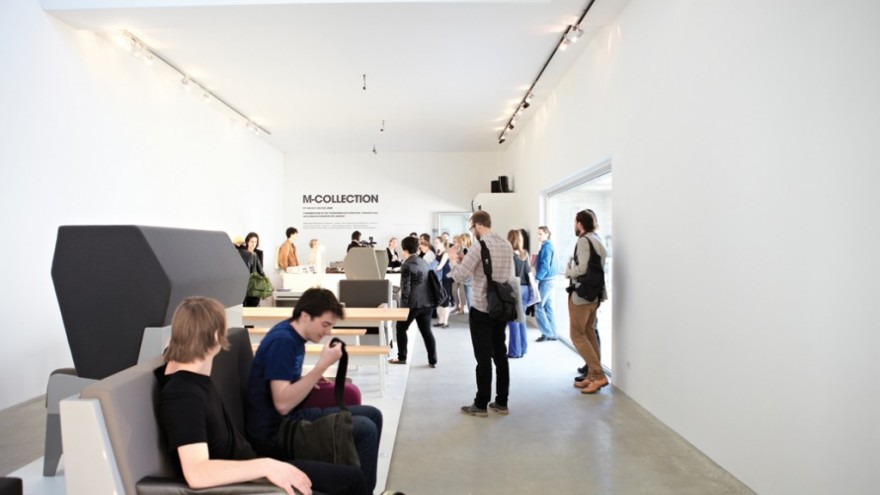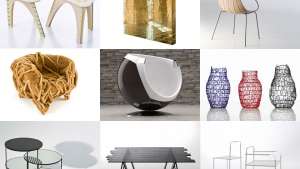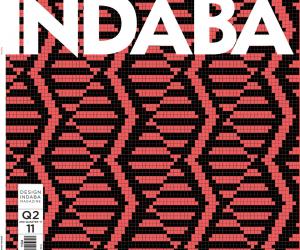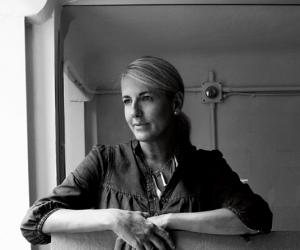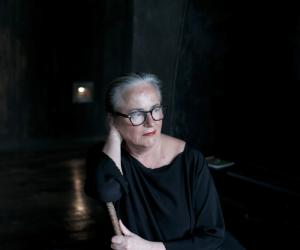From the Series
First Published in
The Milan Furniture Fair celebrated its golden jubilee this year. Having grown significantly since its first incarnation in 1961, the 2011 Salone del Mobile primary trade exhibition drew some 320 000 visitors. However, this is not even the half of the Milan Furniture Fair, with the FuoriSalone fringe festival stretching across the city of Milan.
A number of neighbourhoods include the Brera Design District of established brand-name showrooms; the youthfully spirited but increasingly commercial Zona Tortona; and the only two-year-old Ventura Lambrate area, which hopes to distinguish itself for being more avant garde and experimental.
“The main distinction is that Ventura Lambrate is a selected area. Everywhere else in Milan, all locations are available to anyone who can pay,” explained Margo Konings of Organisation in Design, which put together Ventura Lambrate. “What we look for is creativity, an exciting concept and experimentation. We also look out for people who have an interesting way to show process, so not only the finished project but the way to get there,” Konings continued.
Some of the heavyweight exhibitions included Yves Béhar’s Jawbone installation, Li Edelkoort’s student component of her Talking Textiles exhibition, Miriam van Eijk and Niels van der Lubbe’s launch of their new M-Collection, and Glasstress featuring glass works by the likes of Jaime Hayón, Patricia Urquiola, Silvano Rubino and Kiki van Eijk. Meanwhile Designersblock showed the fun whimsical work of some 100 young designers and Cheick Diallo showed his brightly coloured contemporary Malian furniture.
However it was the student exhibitions that truly stole the show with future great designers in the making showing work that pushed the boundaries and definitions of design. Alternative production methods, materials, value systems and problem solving were seen throughout the exhibitions of the Royal College of Arts; Central St Martins College of Art and Design; Academy Fine Arts Maastricht; Bezalel Academy for Art and Design Jerusalem; Academy of Arts, Architecture and Design in Prague; and the Swedish School of Textiles.
The measured scale of only 315 designers represented by 48 exhibitors over 9 000 square meters, speaks of the rigour of the curatorial process. “Our aim is to rather have a small group of exhibitors who we think are interesting and inspiring enough, rather than a large group of less interesting exhibitors,” Konings contextualised.
Creating a quieter, more considered space where design can be appreciated for its discipline, rather than its commercialism, Ventura Lambrate has found immediate popularity with visitors too. With 60 000 visitors and 1 000 registered journalists, the Ventura Lambrate doubled its audience in 2011 after only a year’s existence.

